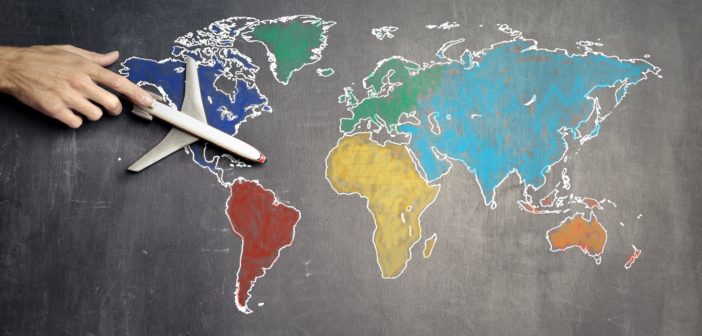By: Amber Fink, Staff Writer
Outside of the United States of America, there are many holidays that not widely recognized in this country. All holidays come with their own individual customs and traditions. Many of them celebrate specific age groups and spiritual leaders. The following holidays are some interesting yet little known holidays from around the world.
Shichi-Go-San
Shichi-Go-San is a traditional celebration held on Nov. 15. On this day, the Japanese culture celebrates the growth of children, specifically three and seven year old girls and three and five year old boys. These ages are similar in importance to a Hispanic Quinceanera; they are seen as pivotal ages in childhood development. The children dress is kimonos while visiting shrines as they pray for prosperous futures. This tradition is believed to have begun during the Heian period between 794-1185. Long candies in bags that are decorated with turtles and cranes are given to the children. The candy, the crane, and the turtle all symbolize longevity.
St. Lucia Day
St. Lucia Day is considered a national holiday by the countries of the Caribbean. One of the few saint’s days observed in Scandinavia, Saint Lucia Day is observed on Dec. 13, which at one time was believed to be the date of Winter Solstice. The National Festival of Lights and Renewal takes place the night before the holiday, in honor of St. Lucy of Syracuse, the patron saint of light. Celebrations traditionally involve a procession led by a girl in a white gown with a red sash and a crown of candles, according to official Sweden websites.
Diwali
Diwali is the biggest celebration in India. Diwali, the Hindu festival of lights, is celebrated for five days starting on the 13th day of the month of Asvina, typically during Oct. or Nov., according to Huffington Post. Candles and oil lamps are used to symbolize triumph of good; hence the light verses evil theme. The candles represent a spiritual “light over darkness”. There are parades in celebration along with individuals welcoming goddess alone. This is a way to welcome the goddess of prosperity, known as Lakshmi.
St. Andrew’s Day
St. Andrew’s Day is celebrated on Nov. 30. This is a national holiday in Scotland and also known as the official Flag Day of Scotland. The holiday, honoring Scotland’s patron saint, is filled with revelry, including feats of traditional food, dancing and bagpipes. Bagpipes are in a class of musical instrument, aero-phones, which use enclosed reeds fed from a constant reservoir of air in the form of a bag.
In 2006, the Scottish Parliament passed the St. Andrew’s Day Bank Holiday Act 2007. The St. Andrew’s Day Bank Holiday Act is an official bank holiday. If Nov. 30 happens to fall on a weekend, the next Monday is a bank holiday instead. Although it is a bank holiday, bank employers are still able to work on this day, as the actual bank is not required to close nor give their employees the day off of work. In parts of Ukraine, Germany, Austria, Slovakia, Poland, Russia and Romania, there is a superstition that the night prior to St. Andrew’s Day is a day that a young woman’s future husband will be introduced, according to Huffington Post.
Songkran Festival
Songkran Festival is a traditional celebration beginning in the New Year in Thailand and among other Southeast Asian countries. The festival takes place anytime from April 13 to 15; depending on the year it may be celebrated on April 16. The celebration consists of water fights. During this time, it is a major event when even streets are shut down for the day as people join together to throw and shoot water at each other as a symbol of welcoming in the New Year. They believe that this is a great way to bring in the New Year without incurring a great expensive. This holiday is similar to the U.S. holiday April Fools Day according to Thailand Life.





